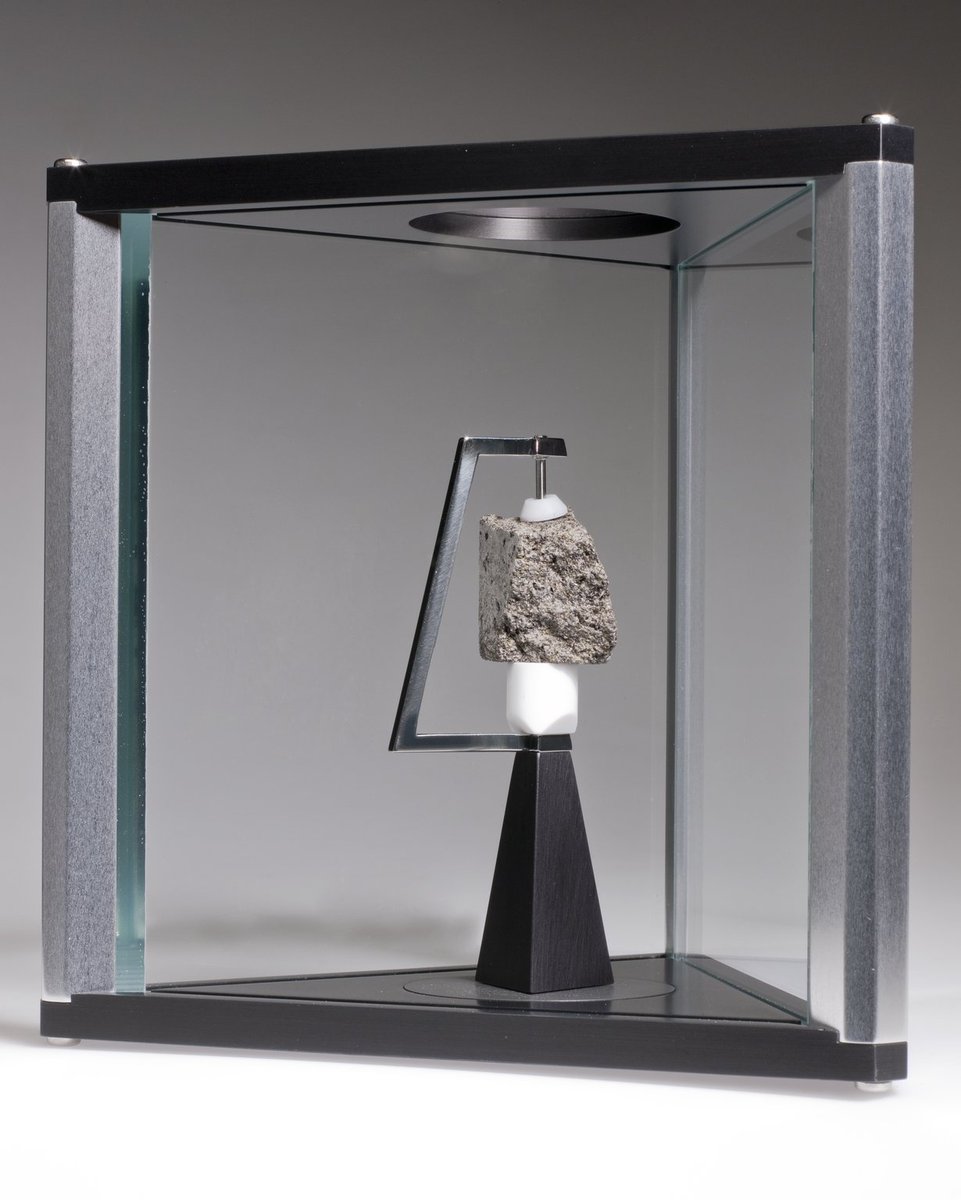Not long ago my son and I couriered a piece of Moon rock across the Atlantic to the Science Museum.
It is one small piece of almost half a tonne of rocks brought to Earth by the Apollo astronauts between 1969 and 1972. Our sample is part of one of the largest rocks collected: Great Scott, named after astronaut David Scott who picked it up off the lunar surface on August 2nd, 1971 during the Apollo 15 mission.

How cool is that, but how difficult is it for us Earth-bound mortals to picture what the Moon is really like? Before going to the States I started to read up on the mission and in particular, the EVA (Extra Vehicular Activity, which in this case combined Moonwalking with driving the lunar rover) which Scott performed with his crewmate, the late Jim Irwin when they collected this and other lunar specimens.
What gradually started to dawn on me was really, I mean REALLY how old the Moon is. How dead it is. How it’s blasted and pummelled landscape reflects hundreds of thousands of millennia of volcanic bombardment from within and meteoroid attack from without. Scott and Irwin drove, bounced and clumped over the dust and debris of eons.
The Great Scott rock had probably lain there where the astronaut found it for millions of years – since before humans became human. It was formed over 3 billion years ago – when life was little more than scatterings of single cells.
If our night-sky neighbour could think, he might have wondered what these upstart beings were up to – late arrivals at the party and already getting restless.